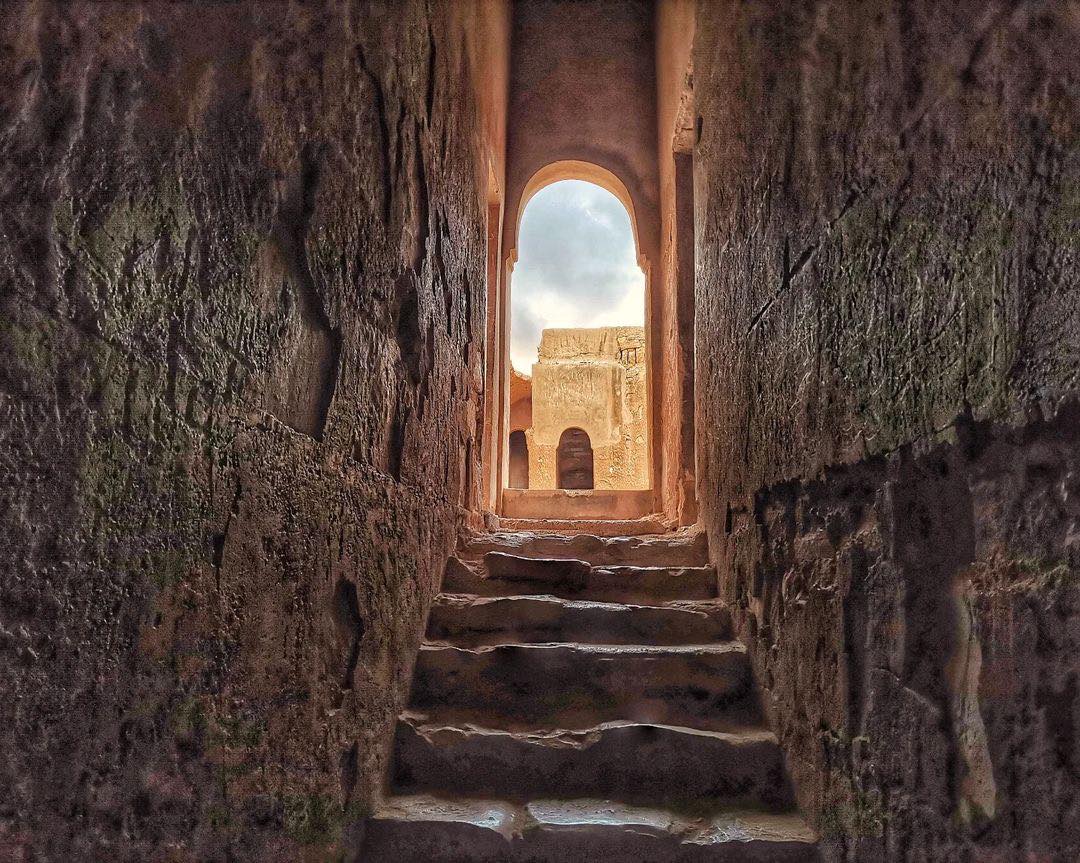
Qasr Al-Harranah, also known as Qasr Kharanah, is another fascinating desert castle located in Jordan. It is part of the larger collection of early Islamic desert castles scattered throughout the country’s desert landscape. These castles are notable for their historical, architectural, and cultural significance.
Qasr Al-Harranah is situated in the desert east of Amman, and its construction is believed to date back to the early Umayyad period, possibly during the 8th century. Similar to other desert castles, its function was not primarily defensive but rather a combination of various purposes, including lodging, rest stops, and possibly administrative centers.
The castle’s architecture is a blend of Roman, Byzantine, and early Islamic styles. Qasr Al-Harranah features a square layout with towers at each corner and a central courtyard. The use of local materials, such as limestone, contributes to its durability and integration into the desert environment.
While Qasr Al-Harranah doesn’t boast the intricate frescoes found in Qasr Amra, it still features unique architectural details, such as the well-preserved doorways, windows, and niches that reflect the decorative and artistic sensibilities of the time.
The castle’s exact purpose remains a subject of debate among historians and archaeologists. Some believe it might have served as a caravanserai—a resting place for travelers along trade routes—while others suggest that it could have had administrative functions.
Qasr Al-Harranah’s significance lies in its representation of early Islamic architecture and its role in the historical and cultural context of the Umayyad period. It provides a tangible link to the past, allowing visitors to contemplate the complexities of life during that era and the architectural innovations that emerged.
As with other desert castles, Qasr Al-Harranah stands as a testament to the enduring legacy of early Islamic civilization and offers a glimpse into the lives and aspirations of the people of that time. It serves as a valuable historical and cultural site that contributes to the broader understanding of Jordan’s heritage.